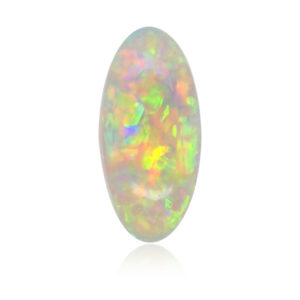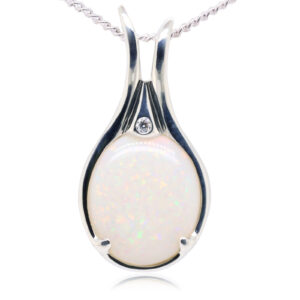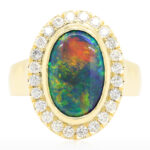Myth: Opals need to be soaked in water occasionally to prevent cracking.
Fact: Australian Opal is non-porous and therefore impervious – it cannot soak up water, oil, or anything else. The water content in an opal is determined during the formation of the stone, with water molecules locked into tiny voids within the opal’s crystalline silicon structure. Soaking your opal in water will do nothing to increase the life of your opal. However, wetting an already cracked stone will temporarily hide the fault, a fact which may have contributed to prolonging this myth. It’s important to note that opals should never be cleaned in an ultrasonic cleaner, as the extreme vibrations may cause the opal to crack. However, Hyrdrophane Opal (usually sourced from Ethiopa) is now gaining in popularity, but we do not cut or stock it.
Myth: Opals are extremely fragile and will break very easily.
Fact: It’s true that opals are more fragile than most gemstones, however they’re not as fragile as some people imagine. Opals are about the same hardness as glass, so imagine you’re wearing a piece of glass and you’ll get the idea. Avoid heavy manual labour, moving furniture, sport, gardening or any other vigorous activity where your opal might impact with hard surfaces and your opal will enjoy a long and happy life. With a little common sense it’s easy to take care of opals. Boulder opals and opals with a low cabochon are sturdier and less easy to damage.
Myth: Opals need to be rubbed with oil (baby oil or olive oil) or glycerin occasionally to prevent cracking.
Fact: Rubbing your opal with oil will do nothing more than make your opal oily. Australian Opals are non-porous and do not soak up liquids, therefore baby oil will not increase the life of your opal.
Myth: Opals are unstable and prone to cracking.
Fact: Most opals are extremely stable and never crack. Stable opals have a water content of approximately 3 to 10 per cent, and any unstable material will normally crack soon after being mined. By the time the opal travels from the mines, and is processed, cut and polished, any unstable material is usually identified and weeded out.
Myth: Water damages solid opals. Never clean your opal with water or get your opal wet. The opal will expand and crack.
Fact: Solid opals cannot be damaged by getting wet. Most Australian precious opals contain around 5-6% water, and immersing a solid opal in water will do no damage whatsoever. However, doublet and triplet opals (non-solid, partially man-made layered stones) can be damaged by prolonged exposure to water. Water penetration can eventually cause the glue to deteriorate and the layers to separate, causing the opal to take on a foggy, grey, or cloudy appearance. This fact is the origin of the ‘never get your opal wet’ misconception.
Myth: Black opals are completely black. (like onyx)
Fact: If an opal was completely black, it would also be completely worthless. Black opals display a myriad of rainbow colours, and the more colourful the better. ‘Black’ simply refers to the comparatively dark body tone of the stone when compared to the milky body tone of white opals. Top quality black opals can be more valuable per carat than diamonds.
Myth: Strong light can cause an opal to dry out.
Fact: Strong light will only make your opal shine brighter. However, be wary of very hot lights as extreme heat can cause opals to expand and crack.
Myth: Rubbing oil or detergent on your opal will damage or discolour it.
Fact: Oils, detergents and many other common household items will not damage your opal. However, we recommend steering clear of harsh chemicals and cleaning products such as bleach, chlorine, oven cleaner and other strong chemicals. Whilst these may not necessarily damage your stone, it’s best to be on the safe side and treat your opal with respect. It’s important to note also that doublet and triplet opals should never be immersed in any liquid, as prolonged exposure can lead to separation of the stone’s layers.
Myth: Rubbing a stone with glycerin, rubbing it with toothpaste, or soaking it in water will revive a stone’s lustre when it needs polishing, or prevent a stonefrom losing its lustre.
Fact: Wetting a stone will temporarily make it look better, but there’s no other way to restore an old stone’s lustre apart from having it professionally polished. Solid opals may eventually need to be re-polished after a number of years due to tiny scratches on the surface removing the fine polished appearance of the stone. The stone will need to be polished by an experienced opal cutter using professional equipment.
Myth: Taking your opal to high altitudes in a plane will cause it to crack.
High altitudes will not affect your opal. The only major things that can damage your opal are impact, extreme fluctuations in heat (e.g. placing your opal over a flame) or extremely low humidy for long periods. Extreme variations in heat cause the opal to expand and contract, causing cracks or crazing.
Myth: Soaking an opal in rose water will enhance the colour.
Fact: Wetting your opal in any kind of water will make it look better. This is only temporary. The only true way to maximise the colour of a stone is to have it professionally polished. Rose water has no special properties for enhancing opals.
Myth: Opals are bad luck.
Fact: The ‘bad luck’ myth is the result of centuries of misinformation, superstition, wives’ tales, and jealous diamond traders spreading rumours. Opal has also been considered a good luck talisman and lucky charm throughout the ages, and has been prized by many civilisations. Find out more about the ‘bad luck’ opal myth.
Myth: Triplet opals are opals with three colours.
The name ‘triplet’ refers to the number of layers in the stone, not the number of colours. Triplets consist of a thin slice of opal glued to a black backing, which is designed to imitate black opals. The triplets have a third layer of crystal, glass, or quartz capping to round off the stone and give it a cabochon. ‘Doublets’, on the other hand, consist of two layers – a thin layer of opal and a black backing, with no capping. Read more about doublets and triplets.
Myth: The light causing the opal’s colours comes from within the stone.
Fact: Opal’s colours are caused by the reflection and diffraction of white light which enters the top of the stone. The light bounces around inside the tiny microscopic silica spheres within the stone, causing the diffraction of light and the ‘prism’ or rainbow effect which we all know and love. Learn more about opal’s colours.
Myth: Warming an opal in your hand will enhance its brightness.
Fact: The heat of an opal has no effect on its display of colour.
Myth: Putting your opal out in a lightning storm will improve the colour.
Fact: Considering the personal danger associated with this, it’s not a very good idea. Lightning has nothing to do with opal colours. This perception may come from the ancient Arabian belief that opals were cast down in lightning storms.
If there are any other myths you can think of, or something you’ve heard about which you’re not sure is true, please don’t hesitate to email us and we’ll investigate it and include it in this list!










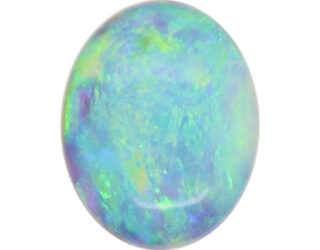







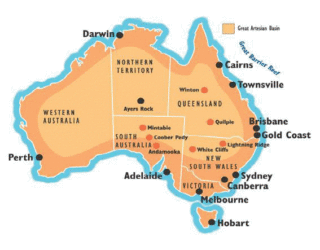









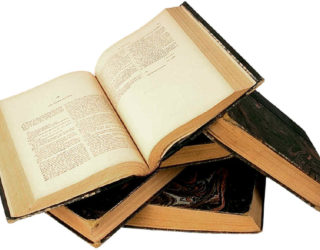


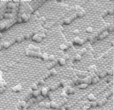

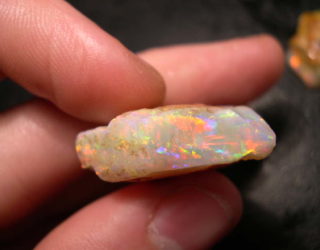




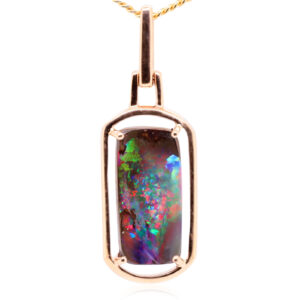 “Thank you so much. We received our necklace today and it is just gorgeous. And appreciate you getting it to us so quickly and in time for our deadline. ” (12/02/21)
“Thank you so much. We received our necklace today and it is just gorgeous. And appreciate you getting it to us so quickly and in time for our deadline. ” (12/02/21)

